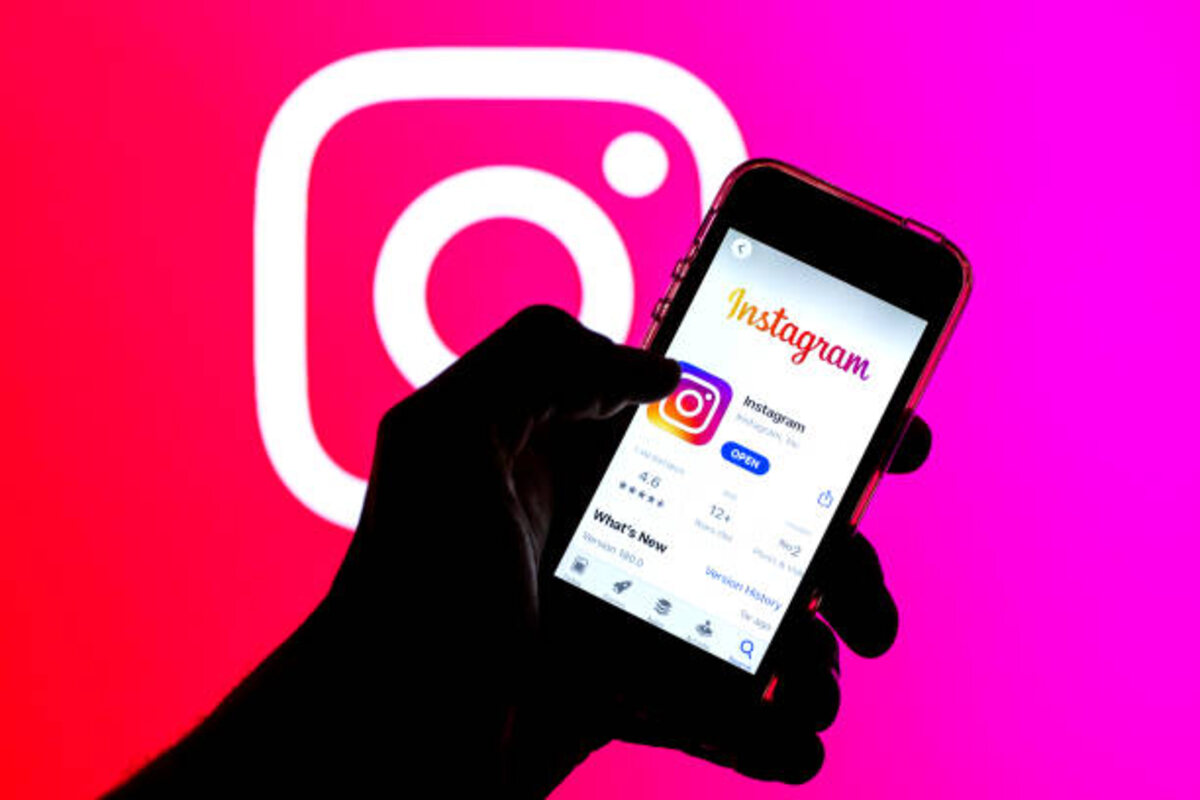Social media marketing can be an effective tool to expand your small business, but managing accounts efficiently requires time and dedication. How to buy Instagram followers Australia.
Facebook, Twitter, and LinkedIn provide businesses from various industries with an effective marketing platform, while Pinterest caters more to fashion, beauty, and photography businesses than others. Meanwhile, Instagram serves consumers.
Facebook has quickly become an essential platform for small business owners looking to raise brand recognition, provide customer service and drive traffic back to their websites. Plus, with many advertising options available to expand the reach and grow sales opportunities.
Facebook also gives small business owners an effective platform to directly communicate with their audience via private and public messages and posts, something especially beneficial to B2C businesses that emphasize customer service.
Pinterest users respond well to branded content that inspires home projects, outfits, and vacations. The visual-driven platform boasts a vast user base and should be explored. Small business owners can create boards showcasing their products or services and use Pinterest’s promotion capabilities to reach targeted audiences without spending an enormous amount on ads.
Twitter is a fast-paced microblogging platform that enables users to post Tweets with up to 140 characters each. Small business owners can use Twitter as an invaluable way of keeping up with world news, trends, and customer preferences.
Twitter can provide small businesses with a cost-effective and targeted means of marketing their products and services, driving website traffic and sales. But to make Twitter work for your business, clear objectives must be set forth for any social media strategy, with measurements established against them to gauge success.
No matter the industry or size of your store, customers are most likely on Twitter. Make sure your brand stands out by adhering to these best practices on Twitter; additionally, include it in business cards, email signatures, and marketing materials for maximum effectiveness.
LinkedIn is an ideal social media platform for B2B small businesses, offering them the perfect way to establish themselves as industry experts while driving visitors back to their websites. By posting regularly on LinkedIn pages owned by their B2B small businesses, content can quickly spread among industry specialists while causing more visitors to your own.
InMail is the platform’s messaging feature for communicating with connections. This tool helps build brand loyalty by responding quickly and efficiently to customer concerns.
LinkedIn encourages posts with images, so try sharing photos from behind the scenes of your team to extend its reach and engage users more deeply with video content posted to LinkedIn pages. LinkedIn’s native video player also auto-plays, increasing engagement; additionally, posting videos can show thought leadership within your industry and showcase knowledge that could potentially attract customers or business opportunities.
As one of the leading social media platforms, Instagram provides small businesses with multiple ways to market their products and services. Instagram Stories, in particular, enable small business owners to engage viewers creatively – an effective strategy to build brand recognition and increase sales.
Instagram goes beyond posts in your feed to offer Stories, IGTV, and Reels; Reels function similarly to TikTok video clips but can be posted directly on your profile and are viewable for 24 hours after publication.
A documented marketing plan must exist to maximize the potential of Instagram for your business. Small business owners should avoid common Instagram mistakes that impede growth and sales – for instance, posting photos without captions may reduce engagement levels significantly.
YouTube
Due to all the deliverables that keep small businesses busy, social media marketing may fall to the wayside – but that doesn’t make it any less essential!
Success on YouTube requires creating engaging content for your target audience, such as behind-the-scenes videos, interviews with employees or customers, or listicles (content presented as lists).
Content produced for YouTube should always be high quality, with clear audio, attractive visuals, and royalty-free music to avoid copyright issues. Doing this will help your videos stand out on an otherwise oversaturated platform such as YouTube – increasing traffic to your website or increasing engagement and subscriber numbers is just the start!
Read Also: Will You Tweet? Thoughts Shared On Twitter


Comments are closed.